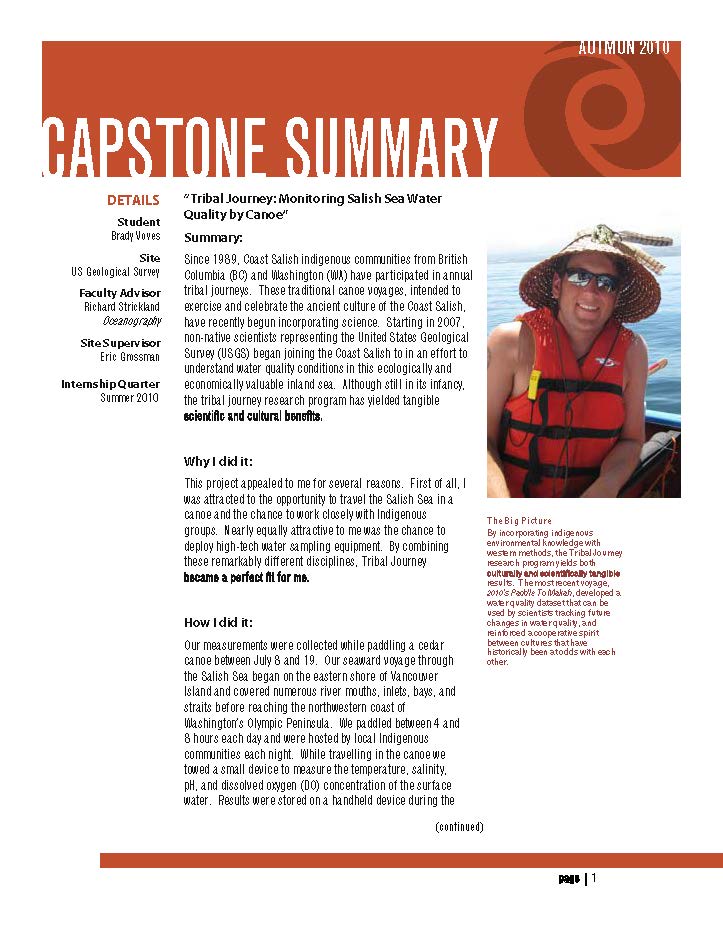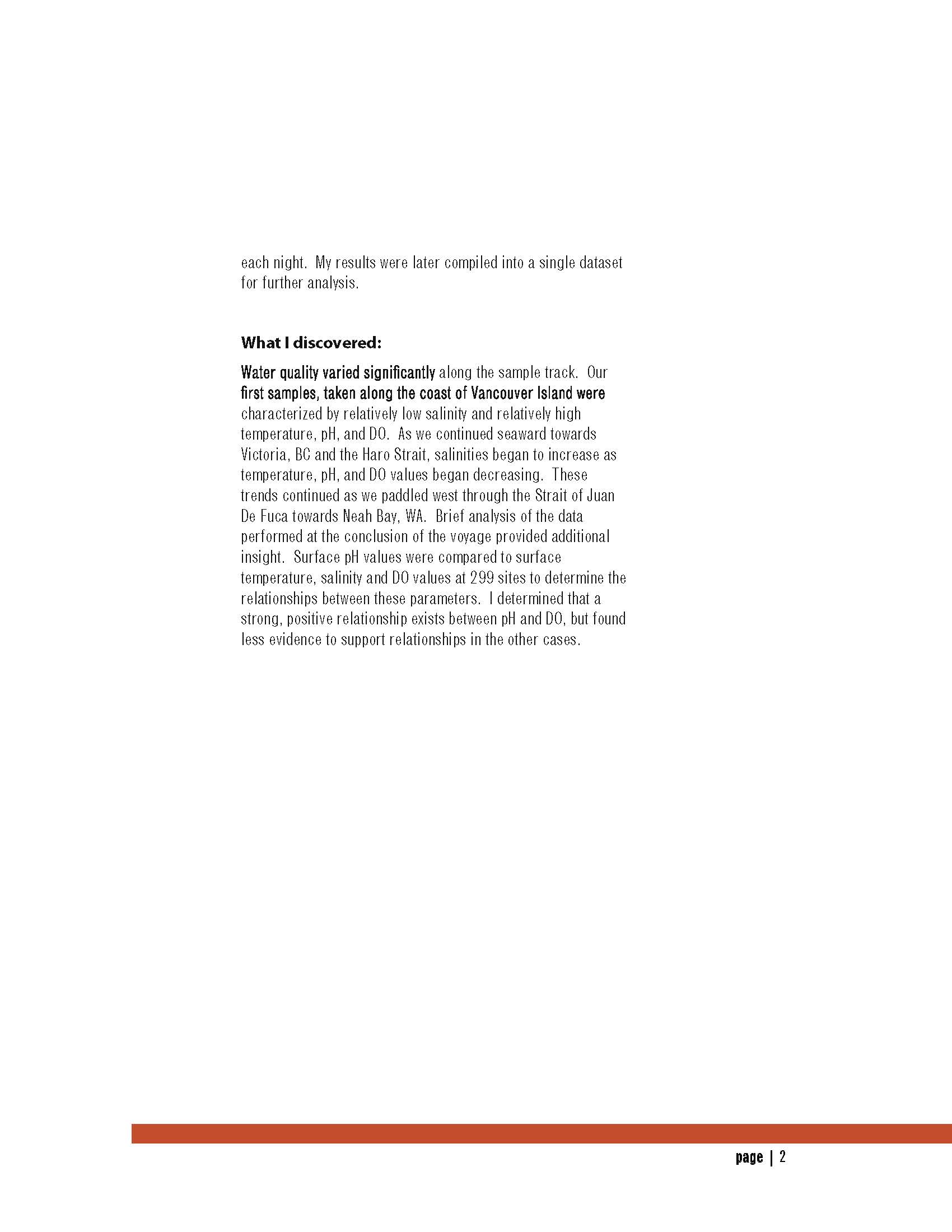
The Resurgent Tide: How the Tribal Canoe Journey Revitalizes Salish Sea Nations
The rhythmic dip of paddles into the Salish Sea is more than just a means of transport; it is a heartbeat. For the Indigenous peoples of the Pacific Northwest, the annual Tribal Canoe Journey is a profound, living tradition – a powerful convergence of ancient protocols, cultural revitalization, intergenerational healing, and unwavering resilience. Far from being a mere sporting event or a historical reenactment, this annual gathering is a spiritual odyssey, a reaffirmation of identity, and a vibrant declaration of sovereignty for the Salish Sea Nations.
Each summer, dozens of traditional canoes, carved from cedar and adorned with ancestral designs, launch from various points across the vast expanse of the Salish Sea – from the southern reaches of Puget Sound in Washington State to the northern coasts of British Columbia. Their destinations vary annually, determined by a host nation, but the journey itself remains constant: a pilgrimage of reconnection, powered by human strength, guided by elder wisdom, and fueled by a collective spirit of revival.
A Return from the Brink: The Genesis of Revival
To understand the profound significance of the Canoe Journey today, one must first acknowledge the historical trauma that nearly extinguished these traditions. For over a century, colonial policies in both Canada and the United States aggressively suppressed Indigenous cultures. The infamous Potlatch Ban (1884-1951 in Canada) outlawed core ceremonial practices, while residential schools and boarding schools forcibly removed children from their families, punishing them for speaking their languages or practicing their customs. These policies aimed to assimilate Indigenous peoples, severing their ties to land, language, and identity. Canoes, once central to daily life, trade, and ceremony, became relics, their songs and stories silenced.
The modern Canoe Journey emerged from this painful history as a conscious act of cultural reclamation. Its roots trace back to the "Paddle to Seattle" in 1989, initiated by the Quinault Nation. This foundational journey, called "Pulling Together," brought together a handful of canoes and nations, sparking a movement. It demonstrated the profound desire to resurrect these vital practices, inspiring other tribes to build canoes, relearn paddling techniques, and reclaim the ancestral routes and protocols. From that modest beginning, the journey has blossomed into an event involving over 100 tribes and thousands of participants annually, a testament to the enduring spirit and strategic foresight of Indigenous leaders.

The Journey Itself: More Than Just Paddling
The Canoe Journey is an epic undertaking, demanding immense physical and mental fortitude. Paddlers range from seasoned elders to young children, often with little prior experience. Each canoe, typically holding 6 to 12 paddlers and a skip (steersperson), becomes a floating community, fostering teamwork, discipline, and mutual support. Support boats accompany the canoes, carrying supplies, safety equipment, and ground crews who prepare campsites at each stop.
The journey is meticulously planned, often spanning weeks and covering hundreds of miles. Each evening, as the canoes approach the territory of a host nation, a sacred protocol unfolds. The canoes gather offshore, and their skip formally "asks permission to come ashore." This is a deeply symbolic act, recognizing traditional territories and demonstrating respect for the host nation. It’s a re-enactment of ancient diplomatic practices, now imbued with renewed meaning. The host nation responds, welcoming their relatives with songs, dances, and a shared meal. These nightly stops transform into mini-gatherings, reinforcing inter-tribal connections and providing vital rest and sustenance.
"The canoe is our university, our church, and our family table all in one," explains a Lummi elder, a sentiment often echoed by participants. "Out on the water, we learn patience, humility, and the strength of our community. We connect with our ancestors, who navigated these same waters, and we remember who we are."
Cultural Revitalization: Language, Song, and Ceremony
At its heart, the Tribal Canoe Journey is a powerful engine of cultural revival. The act of paddling a traditional canoe itself reconnects participants to ancestral knowledge, understanding the currents, tides, and weather patterns of the Salish Sea. Beyond the physical, the journey provides an immersive environment for the resurgence of endangered languages, songs, and ceremonies.
- Language Immersion: On many canoes, ancestral languages are spoken exclusively, creating a living classroom. Commands, greetings, and conversations are conducted in Salish, Squamish, Lushootseed, or other regional dialects. This practical application breathes new life into languages that were once on the brink of extinction, making them relevant and vibrant for younger generations.
- Songs and Dances: Each nation brings its unique songs and dances, performed at the nightly gatherings and during the final week-long Potlatch. These performances are not just entertainment; they are living histories, prayers, and affirmations of cultural identity. Elders teach youth the intricate steps and powerful lyrics, ensuring the continuity of these sacred expressions.
- Traditional Protocols: The journey strictly adheres to ancestral protocols for greeting, gifting, and showing respect. These practices, once suppressed, are now openly celebrated and taught. The exchange of gifts, often handmade items or traditional foods, signifies reciprocity and strengthens kinship ties between nations. The act of "witnessing" – having community members observe and remember important events – reinforces collective memory and accountability.

Healing and Empowerment: A Journey of Self-Discovery
Beyond the tangible cultural elements, the Canoe Journey offers profound personal and communal healing. Many participants come seeking solace, connection, and a path to sobriety. The rigorous demands of paddling, the collective responsibility, and the supportive environment foster resilience, self-discipline, and a sense of belonging. The journey becomes a metaphor for overcoming personal challenges and historical trauma.
"When you’re out there, paddling with your relatives, you feel the strength of a thousand generations behind you," shares a young Swinomish paddler. "It’s hard work, but it cleanses you. It helps you remember who you are and where you come from. It heals things you didn’t even know were broken."
The emphasis on "clean and sober" journeys is a hallmark for many nations, providing a safe and healthy space for participants to reclaim their lives. The shared commitment to a healthy lifestyle on the water extends into daily life, offering a powerful antidote to the intergenerational impacts of colonialism, including addiction and mental health struggles.
Environmental Stewardship and Political Resonance
The Canoe Journey also serves as a potent reminder of the Indigenous commitment to environmental stewardship. The Salish Sea, a complex and fragile ecosystem, is the ancestral highway and larder for these nations. As they travel its waters, paddlers gain an intimate understanding of its health and its vulnerabilities. The journey often includes discussions and actions related to protecting salmon runs, combating pollution, and advocating for Indigenous rights to manage and sustain their traditional territories. The canoes, cutting silently through the water, stand in stark contrast to the modern industrial vessels, symbolizing a different, more sustainable relationship with the environment.
Politically, the Canoe Journey is a powerful assertion of Indigenous sovereignty and self-determination. It is a visible, undeniable presence of Indigenous nations on their traditional territories, demonstrating their continued existence, resilience, and vitality. It strengthens inter-tribal alliances, allowing nations to collectively address shared challenges, from land rights to environmental protection. It is a living, breathing counter-narrative to colonial histories that sought to erase Indigenous peoples.
The Annual Gathering: A Living Potlatch
The culmination of the journey is the annual "landing" at the host nation’s designated site, followed by a week-long celebration that echoes the grandeur of ancient Potlatches. Thousands converge, creating a vibrant village of tents, longhouses, and communal kitchens. Here, the protocols of welcoming, gifting, feasting, and ceremony reach their peak. Each visiting nation is formally welcomed, sharing their songs, dances, and stories, and presenting gifts to the host. The air vibrates with drumming, singing, laughter, and the joyous reunion of families and communities. It is a powerful demonstration of wealth – not in material possessions, but in culture, community, and shared heritage.
A Future on the Waves
The Tribal Canoe Journey is not merely an annual event; it is a movement that continues to grow and evolve. Each year brings new canoes, new paddlers, and a deeper understanding of the traditions. It is a testament to the unwavering spirit of the Salish Sea Nations, their determination to not only survive but to thrive.
As the cedar paddles dip and rise, carrying generations across the ancestral waters, they carve a path not just through the sea, but through time – connecting past, present, and future. The Tribal Canoe Journey stands as a magnificent emblem of cultural resurgence, a beacon of hope, and a powerful declaration that the Indigenous nations of the Salish Sea are here, strong, and forever connected to their waters, their lands, and their vibrant, living heritage. The tide has turned, and the canoes are once again pulling together, charting a course towards a future anchored in tradition and propelled by resilience.